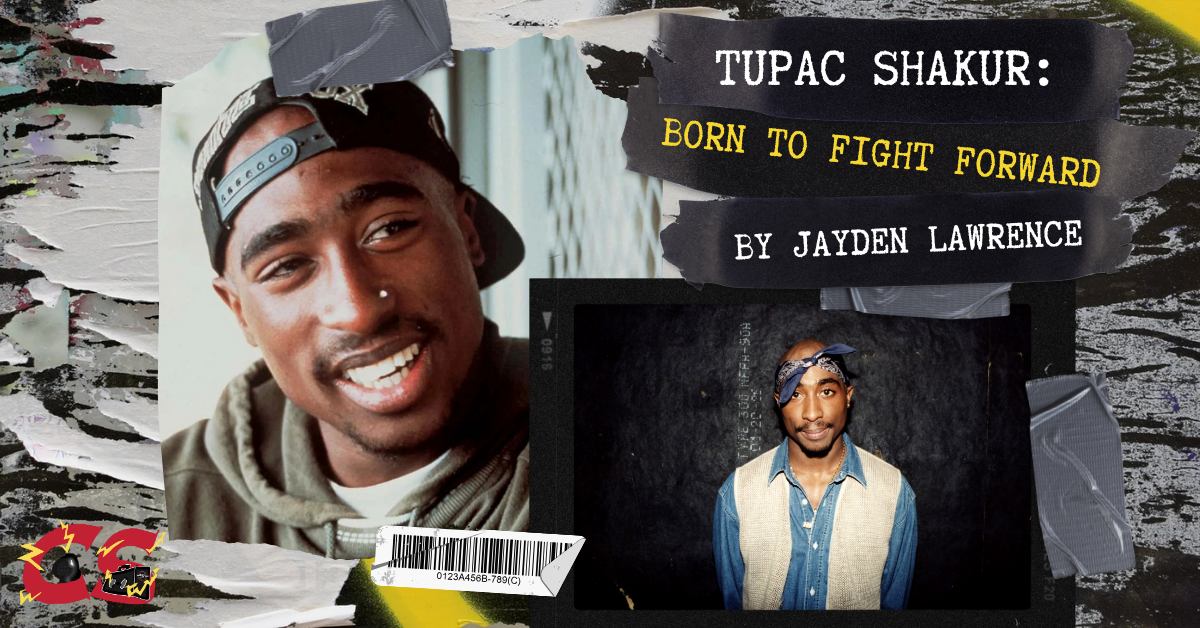By: Sam Fretto
These last 2 offseasons for Major League Baseball have been a rollercoaster for fans, including a lockout which fortunately didn’t affect the MLB schedule aside from needing to make up a week’s worth of games. However, this past offseason, the MLB has decided to change and implement new things that have been in the works for many years including testing in minor league baseball.
One of the minor changes seen is the new size of the bases. To promote and improve player safety, the MLB has changed the size of the bases from 15 inches to 18 inches. The increased base size will lower the likelihood a player hustling down to first base will have a collision with the first baseman. We have seen this happen quite often, specifically with Manny Machado, trying to beat out a throw and he’ll incidentally hit the first baseman. 2nd and 3rd base being increased in size will allow more room for players stealing bases to slide in and touch the bag without getting their hand spiked.
The next change made has to do with position players pitching. Back just a few years ago, position players pitching used to be a novelty. Your team is getting blown out, a fan-favorite player goes to the mound to finish out the game. However, last year it seemed as though it reached a breaking point. The new rules for position players pitching are you have to be down by 8+ to have a position player pitch or you have to be up by 10+ in the 9th inning. The only other scenario a position player can pitch is if you run out of pitchers. This rule is implemented to speed up the pace of play. Putting a position player on the mound is nothing more than batting practice, so eliminating the use of position players in certain scenarios will speed up the game.
The more significant rule changes include shift bans, a pitch clock, and a limit on pitcher disengagements. The shift has been in use for quite some time but saw a huge uptick in use from the 2018 season to the 2019 season jumping about 8% higher in league average use. Last year in the 2022 season, the league average use of the shift was 33.6%. Many times a shift would be in use for a left-handed hitter. The infield would put the second baseman in very shallow right field and move the shortstop over to the right side of second base, and move the third baseman over a bit to where the shortstop would typically be. This would cause any balls hit to shallow right field to be hit to the second baseman for an out. The new shift rule limits where the infielders can be. Before the pitch is thrown, all 4 infielders have to be in the infield. This will stop the second baseman from playing in shallow right field. 2 infielders have to be on either side of second base. This will stop the shortstop from coming over to the right side of second base. The MLB is doing this in an effort to increase the number of base hits and balls in play. Left-handed hitters will see a bit of an advantage due to the fact that they can pull the ball to right field again and it will have a higher chance to fall for a base hit.
MLB game times have increased by 1 hour and 39 minutes on average since 1972. This past season, the average game was 3 hours and 7 minutes. To combat this and shorten the time the games take, the MLB has added a pitch clock. This is by far the most controversial change. The current rule gives the pitcher a 15-second pitch clock between pitches with nobody on base and 20 seconds with a runner on base. The batter has to be in the box and ready with 8 seconds left on the clock or it will be an automatic strike. If the pitcher doesn’t throw the pitch before the clock hits 0, an automatic ball will be called. We have already seen a game end on a pitch clock violation because the batter wasn’t ready and he got an automatic strikeout. We have also seen pitchers not get the pitch off in time and get an automatic ball. There is undoubtedly going to be a learning curve to this pitch clock, however, just a few days into spring training the results are looking very promising. February 25th, the second day of spring training games, had the longest game go 3 hours and 6 minutes. Meanwhile, the shortest game went 2 hours and 15 minutes.
Some may be upset saying, “why would baseball fans want to watch less baseball?” The fact of the matter is, you’re not watching less baseball, you’re still watching each team play 9 innings, you’re watching the action happen quicker. Rob Friedman, AKA Baseball Ninja on Twitter, shared a tweet in which he showed Landon Knack side by side with Pedro Baez pitching. Landon Knack was able to pitch a half-inning before Pedro Baez threw a single pitch.
The last rule change which goes with the new pitch clock is a limit on disengagements, which also has to do with pickoffs. Disengagements are when a pitcher steps off the rubber, which includes pickoffs. The new rule is pitchers are allowed 2 disengagements per plate appearance. This is another way to speed up the game and keep the action going. It’ll speed up the game because a pitcher’s crutch when they are tired or when they want their replacement in the bullpen to warm up more is to just throw over to first when there’s a runner on. Limiting throw-overs will force pitchers to throw home and move along the game. This will also incentivize base stealing because the runners know pitchers are limited on their disengagements and may not want to use them.
The new rules are ushering in a new era of Major League Baseball, one where the pace of play is a top priority. I really like the idea of a pitch clock and limiting throw overs because there is nothing I dislike more than watching a pitcher throw over to first base 5 or 6 times because they’re tired and trying to regain energy. Rob Manfred has had his ups and downs as commissioner of the MLB, however, I must give credit where credit is due, these rule changes are great additions to the league.






